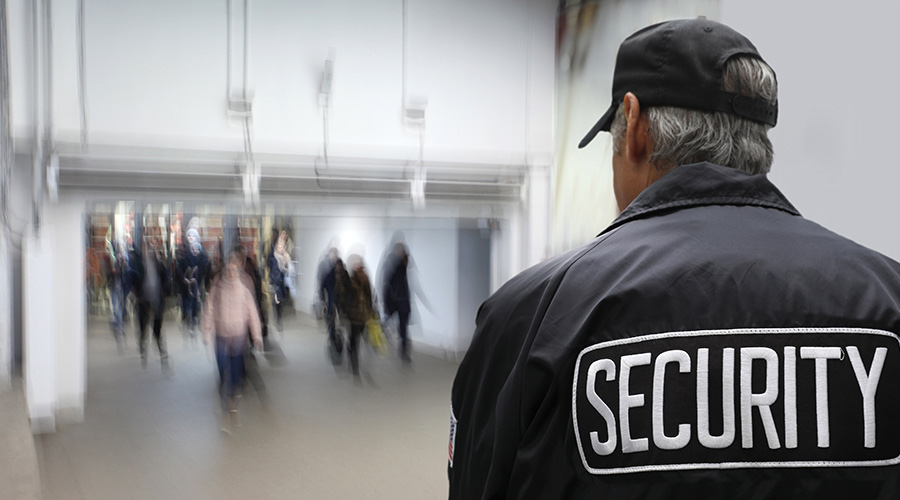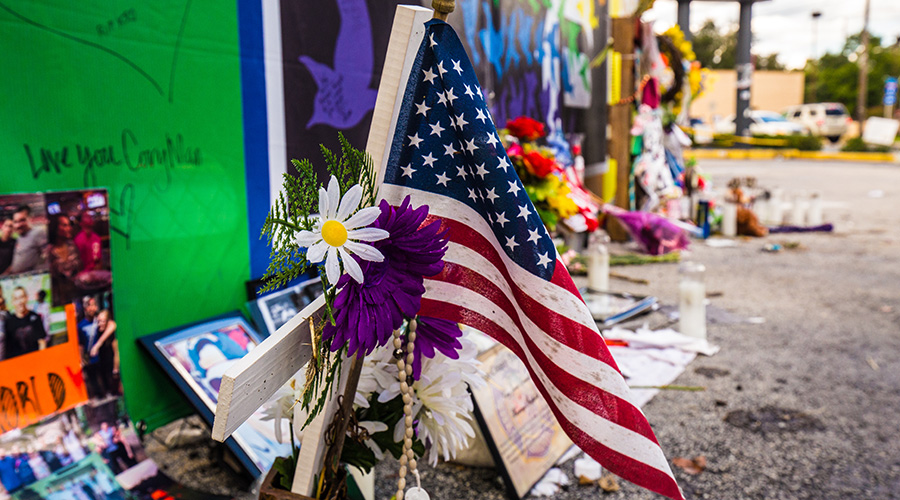Prioritizing School Security Risks and Upgrades Efficiently
There are strategies for maintenance and engineering managers to effectively prioritize school security risks, evaluate upgrades and avoid common pitfalls when selecting safety technologies.
For maintenance and engineering managers and district administrators looking to understand risks present in their facilities and prioritize upgrades and renovations to address them, the large number of interested parties involved in the process can be overwhelming.
“In some cases, you end up with too many cooks in the kitchen,” Gundry says. “You have a lot of people who all have different ideas in terms of how to spend that money to make the school safer, but they don't necessarily all have an aligned prioritization in terms of how to mitigate risks."
Given the financial limitations on districts and the pressing nature of security, what steps can managers take to identify the most critical problems and address them cost-effectively?
"School security improvement projects should begin with a risk assessment,” Gundry says. “I'm not just talking about a basic characterization of the kinds of hazards. I’m talking about a very detailed examination of the vulnerability conditions that are present that would contribute to the risk event not occurring.”
Ferrantelli says the next step is to use a cost-benefit approach to prioritize the measures that will mitigate the risk.
"Categorize what are going to be the biggest issues and what are the biggest risks,” he says. “Then take a step back and prioritize how to address them. Prioritization should take into account things like not only how big a risk factor but what is the cost impact. Tackle some of the higher-risk items that have low-cost impact, as well as high impact in terms of the security of the school.”
The process requires managers to take a multi-level approach to the issue instead of only looking at one factor, such as up-front cost.
"Where we often tend to find problems is when it comes to that prioritization part in terms of recognizing which vulnerabilities are most likely going to contribute or which kinds of countermeasures might have a significant benefit versus a minor benefit in terms of mitigating risk,” Gundry says.
Myths
School security has become a high-profile priority for districts and managers, and finding the most effective products and technology often means sorting through a growing body of product information and marketing claims. The complex process can be daunting and lead to misconceptions and mistakes.
“Probably the biggest one is the belief in a magic silver bullet — that there's one particular technology or one particular device or one particular system that one can purchase that is going to address this problem,” Gundry says. He adds that many managers tend to focus too much on one aspect of emergency response, such as detection, without giving enough consideration to other factors, including delay and response.
“One of the things that I find problems with is that a lot of people tend to buy into the marketing hype of specific product systems, and they believe that if we invest all our money over here, it's going to solve the big-picture problem,” he says. “That quite frequently is not the case.”
Ferrantelli says this thinking tends to lead managers to ignore a critical consideration for any new product or technology — ensuring its long-term performance.
"If a system isn't maintained properly, or if there isn't a means to respond to alarms or issues, then the technology isn't going to be as beneficial,” he says. “All the technology in the world won't stop somebody from opening a door if somebody's on the other side knocking and asking to be let in.”
For managers developing strategies that maximize school security, such long-term thinking is likely to result in decisions that sort through technology, priorities, claims and emotions to develop a comprehensive approach to the issue.
"All technology, whether we talk about CCTV cameras, whether we talk about metal detectors, whether we talk about AI-based weapons detection systems, are all just components of what needs to be an overarching integrated system,” Gundry says. “All physical security design is about the integration of detection, delay and response elements in a manner whereby we can detect an attack event early, provide ample time and notification for people to effectively respond, slow down that adversary's ingress before they can commit mass homicide. Then we deploy a response force that can stop them.”
Dan Hounsell is senior editor for the facilities market. He has more than 30 years of experience writing about facilities maintenance, engineering and management.
Related Topics:













